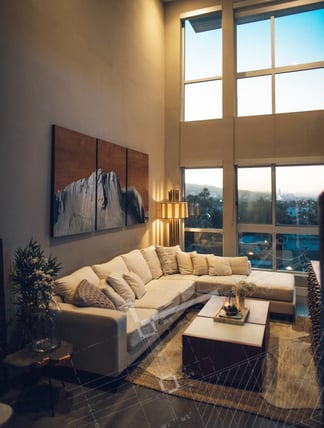Exploring Istanbul's Architectural Heritage and Modernity
Discover Istanbul's architectural appeal through its historic mosques and modern museums. Learn how the past and present blend to create an exquisite portrait.

Tourist cities around the world gain their importance either because of the picturesque nature, the charming urban style, or because of the ancient history. Istanbul, however, is one of the cities that brings together all of these reasons in one place. The tourist who visits the city feels its overwhelming charm when he wanders through its wide streets or gets lost in its narrow alleys in search of a historical restaurant to serve him a meal that transcends time. In this article, we will try to understand the architectural beauty of this city and reveal the secret of its elegance.
Istanbul: Time Travel Through Architecture
Istanbul, with its strategic geographical location, serves as a cultural bridge between the charm of the East and the modernism of the West. Throughout history, the city has seen various conflicts, as well as the rise and fall of empires. This led to the city's unique architectural style, which combined Byzantine and Islamic art. Later, new buildings reflected this past, shining in their modernity yet resting on solid architectural foundations from Istanbul's history.
Ancient Landmarks: The Legacy of the Byzantine and Ottoman Empires
Hagia Sophia
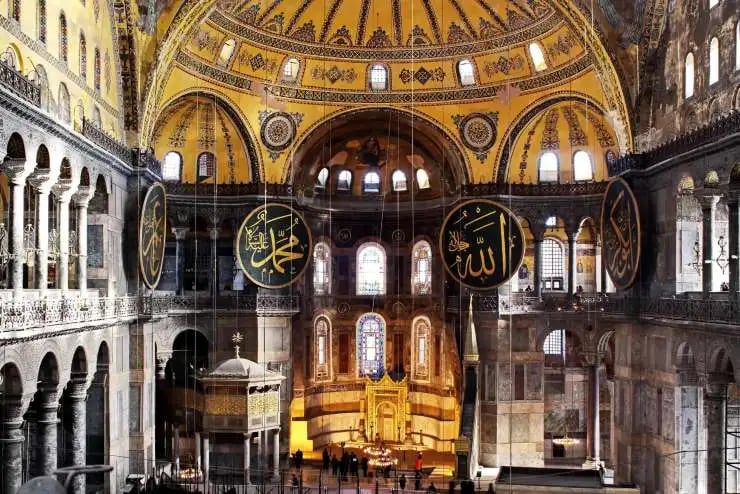
Hagia Sophia is distinguished by its huge dome, which has a diameter of 31 metres and is more than 1,000 years old. It is supported by 40 radial ribs. When the sun's rays shine through 40 windows at the base of the dome, the observer is transported to another world. The Pendentive system is an innovative use of triangular pendentives to transition from a square base to a circular dome, demonstrating architectural ingenuity by creating a large open space free.
Related: What is an Ottoman Interior Design?
Topkapi Palace
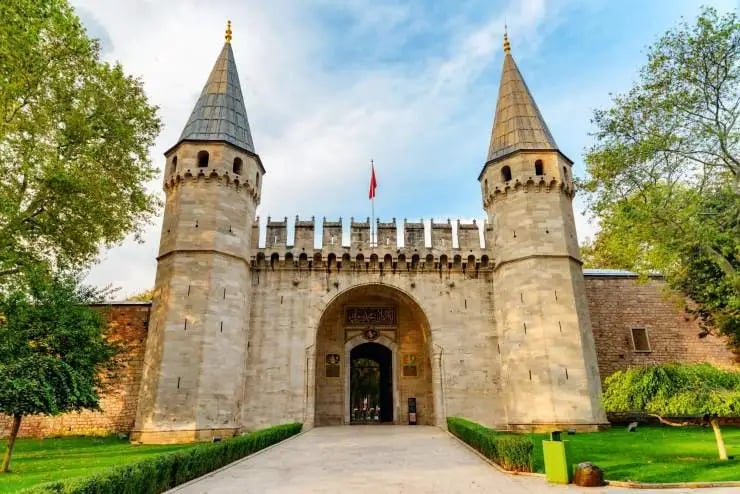
The palace is surrounded on all sides by fortified walls that run up to 5,000 metres, with several historical gates, the most prominent of which is Bab Humayun, which is regarded as the palace's main entrance. The palace is divided into courtyards, each with its architectural design and function. The first courtyard houses the state administration building and the Ottoman Mint. The palace gardens are dotted with kiosks that showcase the great architectural talent. Perhaps the most prominent of these kiosks is the Baghdad Kiosk, which stands out for its mosaic tiles and detailed woodwork.
The tilework of this palace combines Ottoman architecture with Islamic art and incorporates aspects of Byzantine art from the Hagia Irene church.
Related: Decorate Your Home Like a Turkish Palace.
Modernity and Creativity in Istanbul Modern Projects
This ancient city cannot help but make its mark in modernity. Modern architecture in Istanbul combines beauty and originality that does not conflict with the function of the building, but rather serves it. Here we mention the most important of these architectural masterpieces:
Istanbul Modern
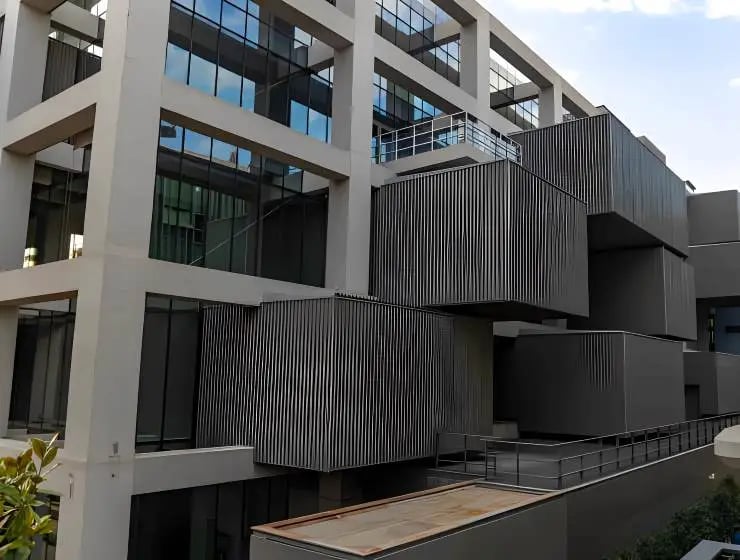
Architect Renzo Piano created Istanbul Modern, inspired by the sparkling waters of the Bosphorus. He based his idea on the historic Galataport, where he used industrial elements to build the museum. 3,625 triangular panels were used to design the building's facade. These panels and their light- and water-reflecting surfaces create a dynamic, shimmering effect. The interior design features an open and flexible layout with varying ceiling heights and natural light penetration.
Read more: Smart Home Solution Into Your Istanbul Home.
Zorlu Center
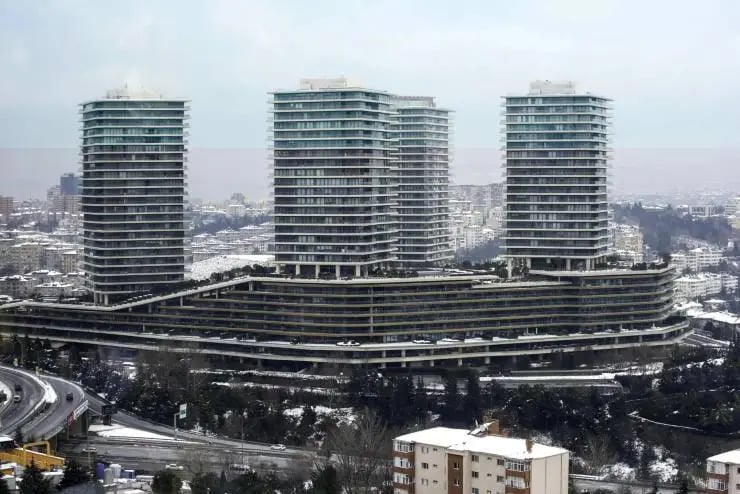
The designers used a variety of construction elements to create this architectural wonder, including iron, glass, and cement. The geometric lines of the buildings are plainly visible, and the glass reflects the sun's rays, giving a brilliant effect that represents the spirit of modernism. The design also incorporated sustainable concepts by using natural light that passes through large glass windows as a source of lighting.
The place has wide green areas to give the place a natural aesthetic touch, and the place also hosts rooftop gardens, which suggests harmony with nature.
Related: Introducing 3D Design: How it Works.
Salt Galata
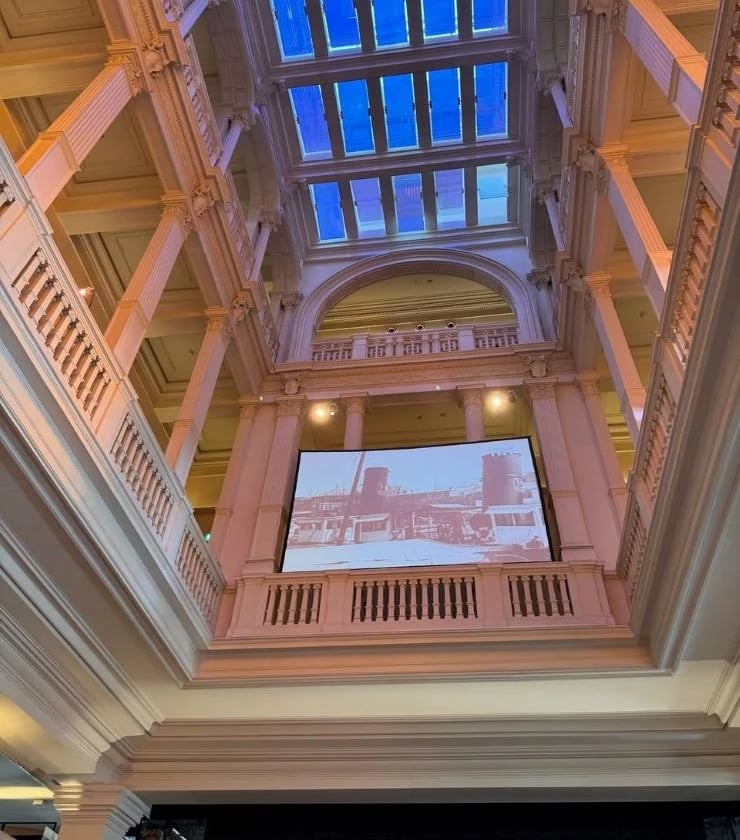
It is a cultural institution that was originally established in 1863 as an Ottoman Bank branch office. Alexandre Vallaury, an Italian architect, designed it in the Neo-Classical style. There was a restoration project to preserve the building's historical integrity. Modern interventions were implemented to produce a useful and versatile display space. One of its most distinguishing features is the symmetrical Neo-Classical facade, which has wide arched windows, pilasters, and a central portico. The vast central hall, bathed with natural light and topped with a glass ceiling, sits in the centre of the space.
These are simple instances of the beauty that Istanbul's architecture demonstrates, with its numerous details that blend East and West. This is why Istanbul attracts architects and interior designers who are inspired by the city's streets and landscape.
Related: The Best Decor Ideas for a Coffee Shop in Istanbul.
Mimari Expert: Where the Beauty and Function Work in Harmony
Mimari Expert is an interior design and architect company based in Istanbul, where the city itself inspires our designs and work. Our team of expert designers can help you design the project of your life. Our trained employees will understand your needs and wants very carefully and then try to respond to them in a design that fulfills your desires. Your imagination with our skilled designers will create a masterpiece.
Contact us today and let your home shine with interior design
Some Of Our Works And Case Studies For Clients
Schedule a free consultation
You can get your free consultation by communicating with us.
